Following in the footsteps of James Bond in Matera
Last year, I watched ‘No Time To Die’, the 25th James Bond film. The opening scenes were filmed in Matera, a city located in the Italian region of Basilicata.
A few months ago, I visited Italy for the first time since the onset of the COVID-19 pandemic. Following in the footsteps of James Bond, I visited Matera, as well as Puglia, the region forming the heel of Italy’s ‘boot’. I stayed there for a total of 10 days, but I wished I had stayed longer to visit even more towns and villages.
A few weeks ago, I published the first part of my itinerary (days 1-3). Here’s the second part of the itinerary (days 4-5), with tips (as always) for where to go, and more importantly where to eat and drink. The third part (days 6-10) will be published on 22 August 2022.
Day 4 – Bari to Matera
By bus, Matera is about an hour away from Puglia’s capital, Bari (a little bit longer by train). I arrived in Matera mid-morning to make the most of my 2-day stay. I spent the rest of the first day exploring the city (on foot, of course).
It is said that the city is the world’s third-longest continuously inhabited human settlement (9,000 years to be more specific). Once known as the ‘shame of Italy’, Matera is now worldwide famous for the ancient cave dwellings carved into a river canyon. It is also famous for having about 150 rupestrian churches (rock churches). In 2019, it was a European Capital of Culture (along with Bulgaria’s Plovdiv).
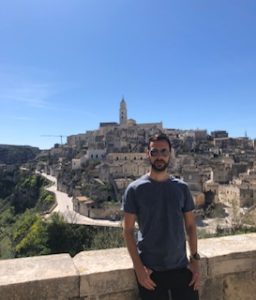
The ancient part of the city, known as Sassi di Matera, is M-shaped. It comprises of two districts, Sasso Caveoso and Sasso Barisano, separated by a ridge upon which sits the Cattedrale di Maria Santissima della Bruna e Sant’Eustachio, also known as Duomo.
Sasso Caveoso
I started my walking tour from the Piazza Giovanni Pascoli and the Museo d’Arte Medievale e Moderna (which was being restored at the time of my visit). From there, I set to explore the northeast facing Sasso Caveoso. I walked down the steps on the left of the Museo and found myself on via Buozzi, a street full of restaurants and bars. I had a typical Lucanian lunch at L’Abbondanza Lucana (closed on Mondays). Walking down via Buozzi, I saw the church of Santa Maria di Idris on my right-hand side. Built into a rocky hilltop, this church offers spectacular views of the cave dwellings. From there, I continued to the Piazza San Pietro Caveoso and visited the church of the same name (free entrance). Dating to the 8th century AD, the church of Santa Lucia all Malve is only a stone’s throw from San Pietro Caveoso.
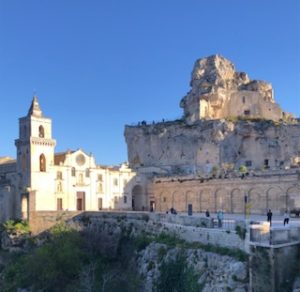
I then walked on via Madonna della Virtu which connects Sasso Caveoso with the northwest-facing Sasso Barisano. I stopped at the monastic complex comprising the rupestrian Chiesa di Madonna della Virtu and the adjacent Chiesa di San Nicola dei Greci. At the time of my visit, it temporarily housed a Salvador Dali exhibition, ‘The Persistence of Opposites’. Several Dali sculptures were also dotted around the city.
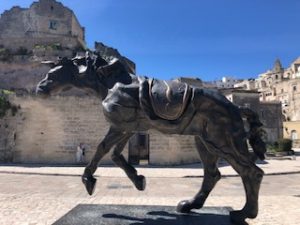
Sasso Barisano
I then continued to Sasso Barisano. I walked on via Fiorentini, then turned right to Via d’Addonzio and walked uphill until the Convent of Saint Agostino (free entrance). On my way down, I stopped at the church of San Pietro Barisano, the largest of Matera’s rupestrian churches. Further up on via Fiorentini, I made a dinner reservation at Pietra Viva (closed on Tuesdays). I then continued to the 13th-century church of San Vito al Lombardo (free entrance).

New Town
Afterwards, I climbed up the steps to Palombaro Lungo, a giant subterranean cistern, and found myself at the Piazza Vittorio Veneto opposite the Palazzo dell’Annunziata. From there, I turned left and continued on via del Corso to the Piazza San Francesco, where I visited the Church of San Francesco d’Assisi (free entrance). I then continued to via Domenico Ridola, past the Church of Purgatorio, the Church of Santa Chiara d’Assisi (free entrance) and the Museo Nazionale di Matera. After having a drink at Ridola Caffe (closed on Tuesdays), I treated myself to a gelato from the Angels’ Vices (I Vizi degli Angeli) (closed on Wednesdays). Meanwhile, I realised I had come full circle to my walking tour’s starting point.
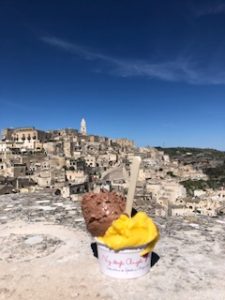
Day 5 – Matera
Starting once again from the Piazza Giovanni Pascoli, I set off early to visit a few more museums. I walked on Via Ridola to the Piazza San Francesco and then to the Piazza Sedile. From the latter, steps lead to the Sassi (either Sasso Caveoso or Sasso Barisano). Instead, I turned right to Via Duomo and continued to the 13th-century Cattedrale di Maria Santissima della Bruna e Sant’Eustachio, also known as Duomo.
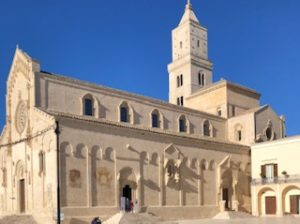
From there, I walked down the steps in front of the Cathedral and made my way to La Casa Di Ortega. The building dates back to the 17th century and was purchased by Josè Ortega, who stayed in Matera in the seventies. It houses an exhibition of 20 works created by the Spanish artist.
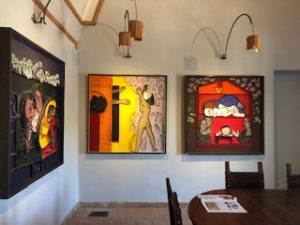
I then walked back to the Duomo and from there I made my way to MUSMA (Museo della Scultura Contemporanea). Housed in the 16th-century Palazzo Pomarici, it is the only cave museum in the world, as well as the most important Italian museum entirely dedicated to sculpture.
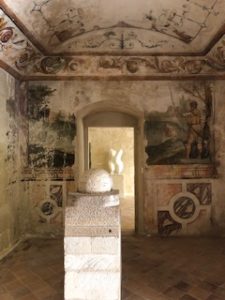
Later, I had dinner at La Gattabuia, on Via delle Beccherie. After dinner, I went for a long walk before having a few cocktails at Charlie’s Speakeasy on Via Casalnuovo, not far from where I stayed.
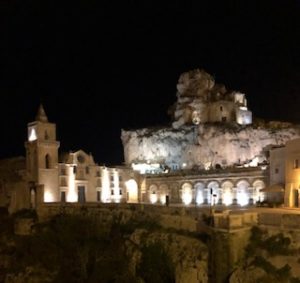
Where to stay in Matera
I stayed at La Casa Dei Nonni on Via Emanuele Duni, a stone’s throw from the Museo d’Arte Medievale e Moderna and Sasso Caveoso. The apartment was not only conveniently located but also full of local delicacies that could feed a whole film crew. Highly recommended!
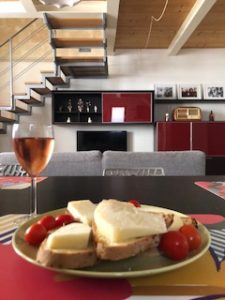
Further reading
The third and final part of my 10-day itinerary will be published on 22 August 2022.
In the meantime, check out my previously published about Rome, Florence and Verona.
To better prepare for my trip in Matera, I used the Lonely Planet Italy Travel Guide.
Alex
(the Traveling Psychiatrist)
One Comment
Pingback: